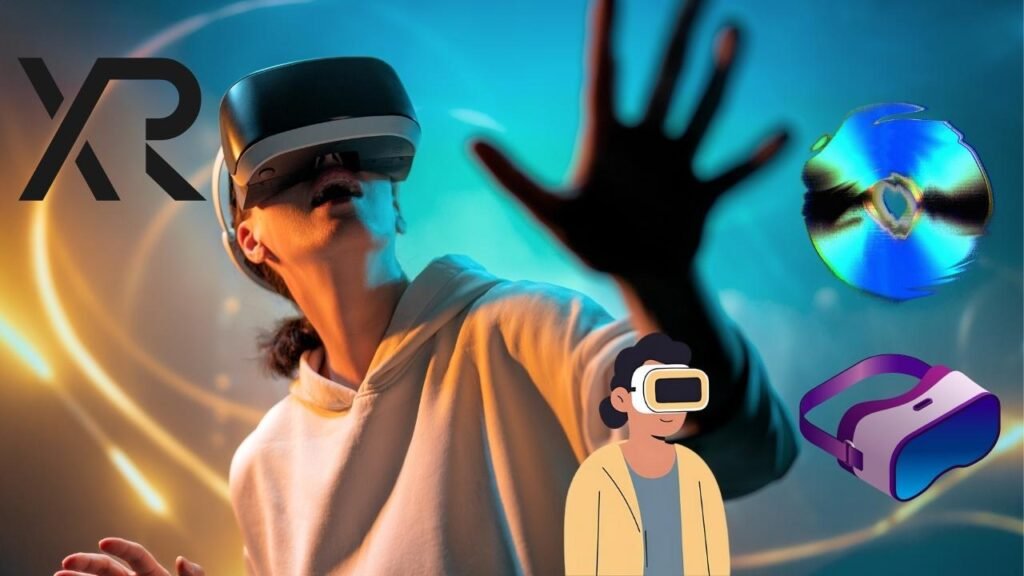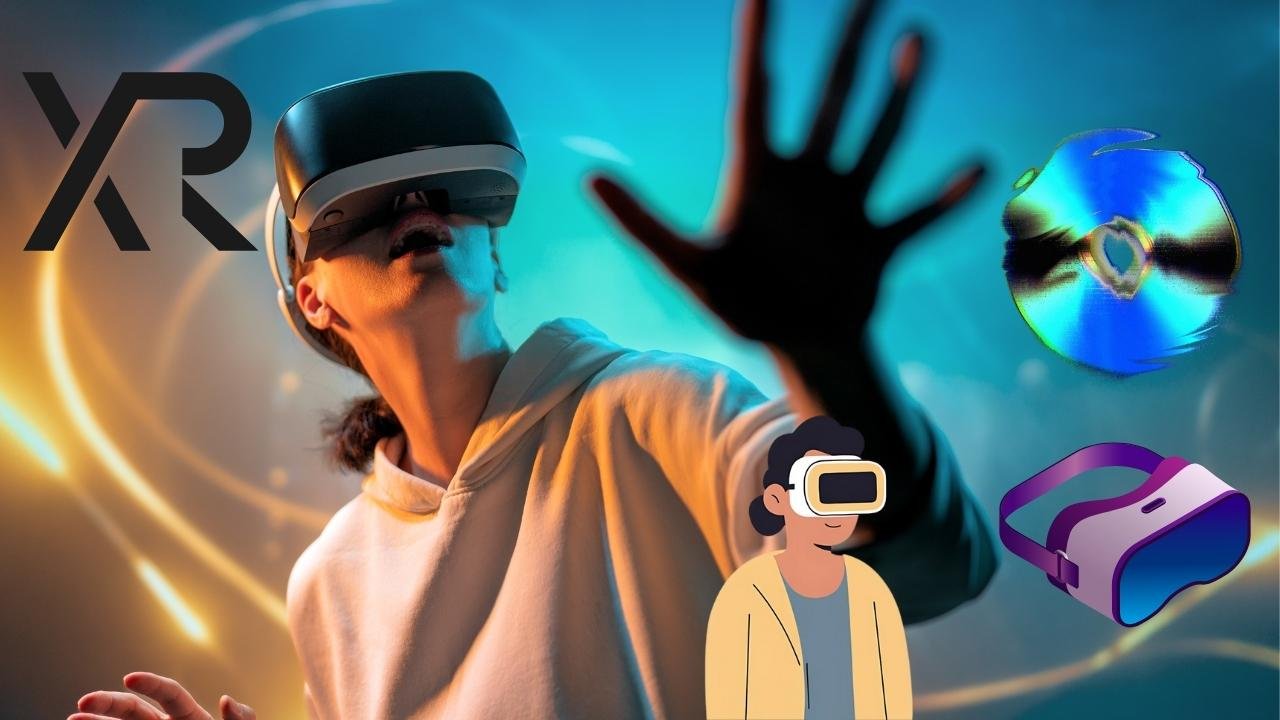The Rise of Human–Machine Synergy: How Agentic AI and Collaborative Robotics Are Redefining the Future Workforce (2025 Edition)
The Rise of Human–Machine Synergy: How Agentic AI and Collaborative Robotics Are Redefining the Future Workforce (2025 Edition) Discover how agentic AI and collaborative robots (cobots) are transforming the modern workforce. Explore human–machine synergy, ethical challenges, and the new skills...




